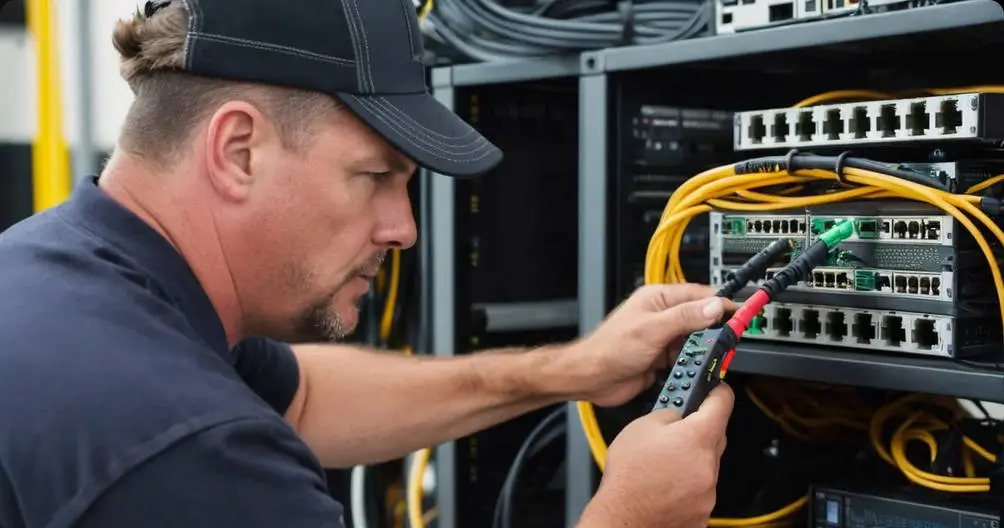How I Got My First IT Job as a Network Cable Installer
When I graduated with a degree in Information Technology, like many new grads, I found myself navigating the daunting world of job hunting. My journey into the telecommunications field began unexpectedly and led me down the path of becoming a network cable installer—a role that has taught me the ins and outs of the IT world from a unique, hands-on perspective.
The Beginning: Education and Certification
My journey started with a foundational education in IT. While I originally envisioned myself in a typical office setting, troubleshooting software or managing network operations, the reality of job availability pushed me to consider other options.
This was when I discovered the field of cable installation, which required a mix of technical knowledge and physical prowess.
Understanding the importance of qualifications, I pursued a certification in cable installation. This certification covered essential skills like fiber optics installation, signal quality assessment, and cable testing—skills that are crucial for anyone entering this field. Courses in electrical engineering and telecommunications from my college days came back to help me grasp the technical aspects quickly.
The Job Hunt: Breaking Into the Field
With certification in hand, I began the job hunt. I learned that many companies valued not just the technical skills, which were critical, but also the ability to handle the physically demanding aspects of the job such as climbing poles and managing installations in tight spaces. My approach was simple: tailor my resume to highlight my technical skills and my readiness to tackle the physical challenges of the job.

Finally, a contact from one of the meetups referred me to an opening at a local telecommunications company.
The Interview: Demonstrating Skills and Adaptability
During the interview, I focused on demonstrating not just my technical abilities but also my problem-solving skills and adaptability. The role required a person who could work under pressure, solve problems on the fly, and manage customer interactions professionally. I shared experiences from my apprenticeship where I assisted in complex installations and dealt with challenging customer service situations.
The Reality of the Job: Challenges and Rewards
Once hired, the reality of the job set in. It was physically demanding and sometimes required long hours during system outages or service upgrades. Weather conditions added another layer of complexity, whether it was climbing a pole in the cold or troubleshooting a line in the heat.
However, the job was also incredibly rewarding. Every successful installation or resolved outage felt like a tangible achievement. Moreover, the job offered unexpected benefits such as a deep understanding of network foundations, customer interaction experience, and a surprising boost in physical fitness.
Continuous Learning and Growth
The field of telecommunications is constantly evolving, and staying updated with the latest technologies is crucial. I regularly attend workshops and certification courses to keep up with the latest developments in technology. This continuous learning has not only helped me in my current role but has also prepared me for future advancements in my career.
Conclusion: More Than Just a Job
Becoming a network cable installer was an unexpected start to my career in IT, but it has been invaluable. The skills I’ve developed go beyond just technical and physical; they encompass problem-solving, customer service, and continual learning.
For those just starting out or considering a shift in their IT career, don’t overlook the unconventional paths—they might just lead you to a fulfilling and dynamic career.
